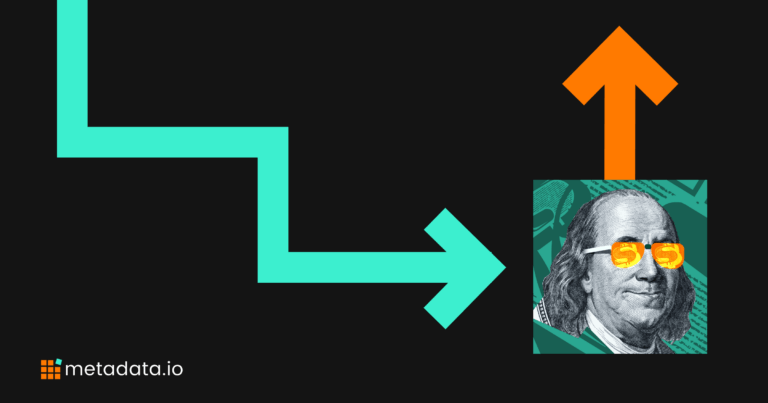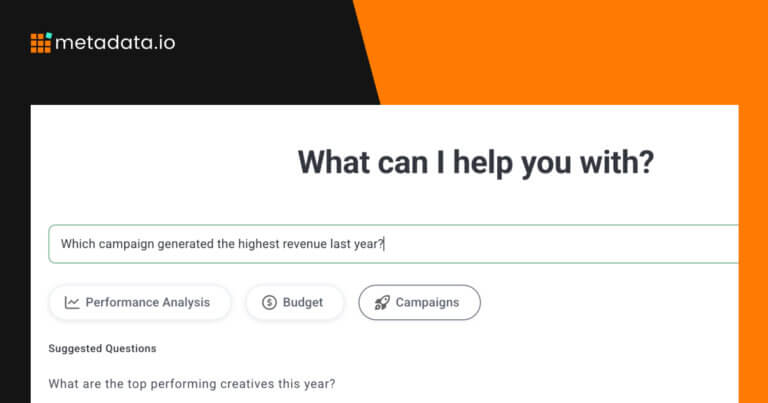Using Web Personalization to Create Better Buying Experiences
Here’s a double espresso to wake you up to the personalization revolution in B2B marketing:
- More than 80% of B2B buyers believe personalization improves the purchasing experience
- Just 25% of B2B buyers feel companies are meeting their expectations for personalized experiences.
The importance of personalization is clear, but we’re clearly at an impasse.
That’s a big problem—one we set out to solve by acquiring Reactful in 2022 and adding web personalization to our Marketing OS.
In this article, we go deeper into our web personalization product, its features, benefits, and use cases, and most importantly, how it can help B2B marketers like you personalize the buying journey (without spending a fortune or begging their development teams for resources).
Why B2B marketers are on the personalization struggle bus
I can’t help but scratch my head when I see a stat like the one about B2B companies not rolling out the red carpet for their customers.
I scratch my head even more when I see B2B marketers building fantastic ads tailored to their ideal customer persona (ICP) only to send them to a landing page or web page with a watered-down message that speaks to the masses.
I also get it.
B2B marketers are trying to make sense of the complex buying journeys and unique expectations of their audience. They’re doing that with an ever-growing stack of tools, technologies, and resources that makes personalizing these touchpoints a herculean effort.
I’m talking about:
- Third-party tools and/or agencies
- Complex integrations
- Web developers
- Creative assets
- A lot of time
- Even more $$$
And this doesn’t even consider the resources required to run experiments with different on-page elements or make quick optimizations in the best interest of engagement.
With these challenges in mind, we launched our web personalization product to make it easier for B2B marketers to deliver more personalized and relevant experiences.
The benefits of Metadata’s web personalization product
If you’ve used Metadata before—or scrolled through our website—you understand what’s core to its DNA: Make every marketing dollar work harder.
Metadata does this in a handful of ways:
- Use first- and third-party data to target the right people and eliminate wasted spend
- Build campaigns quickly without logging into individual native channels
- Run experiments without manual and repetitive work
- Automatically enrich newly converted leads with up to 20 verified business attributes
- Allocate the remaining budget based on what’s driving pipeline and revenue—automatically.
Our web personalization product fits naturally into this DNA because it helps eliminate a ton of engineering work historically tied to website personalization.
Here’s a look at how:
- Implement changes in minutes: Test copy, images, page layouts, CTAs, and more without asking developers or engineers for help.
- Match visitor intent to web content in real-time: Identify audiences based on behavioral and firmographic criteria to personalize the experiences by where they are in the buying journey.
- Keep traffic engaged: Get insights into top-performing experiences to better understand engagement with target accounts, personalize those experiences, and then boost them with highly targeted ads.
Just like Metadata’s base platform helps you make the most of your budget, our web personalization product lets you maximize every website visit.
And the results speak for themselves:

Let’s look at an example of a web page personalized for someone at Microsoft:

Here, we used a personalization trigger with firmographic data to update the headline to include the company’s name. Meanwhile, someone from Webflow would see this:

From there, the copy on the page is tailored to Microsoft’s industry, revenue, and company size (the orange text). In essence, it explains how they can use Metadata to personalize their web experience.

We even tailored the social proof to them by showing a G2 grid for the “Enterprise” category, while smaller companies would see the grid for either “Mid-market” or “Startup.”

We did all of this without spending a fortune on third-party tools and agencies or eating into any internal dev resources.
The possibilities don’t end there. Not only can B2B marketers create unique experiences for customers, but sellers can use 1:1 landing pages to engage top-tier accounts, while Customer Success Managers (CSMs) can use them to deliver personalized resources that speed up onboarding, increase product adoption, and mitigate churn.
This level of cost-efficient personalization is only possible with Metadata.
How to build a B2B web personalization strategy
Wide-eyed B2B marketers are often eager to dive deep into web personalization from the get-go. It’s a tale as old as time and one that I’ve read front to back more than once. There’s a big difference between speed and depth when it comes to implementing web personalization.
Yes, Metadata can put you in the fastlane, but you should keep things relatively chill in the beginning. This gives you a chance to control your variables and know what to measure. The best website personalization strategies start small and build based on insights.
Start small
I’m talking crawl, walk, run in its purest form. B2B marketers new to website personalization should start with relatively low-lift personalizations that don’t take a ton of time to implement or create an overwhelming experience for visitors.
Trying to do too much right off the bat is like throwing a pot of spaghetti at the wall and seeing what sticks. You might have a lot of cool A/B tests in the hooper, but with so much going on, it can be tough to see what’s actually making an impact.
Remember: The best website personalization experiments go largely unnoticed.
In this example of a behavioral reaction, which we use on our website, visitors see a pop-up message when they reach a certain scroll depth. This one puts the spotlight on the world’s fastest-typing cat, but marketers can also focus on content or related offers, too.
Other experiences include:
- Exit reactions:
- Page entrances:
- Idle triggers:
Tweaking website headlines is a starting point we often recommend. For example, if a B2B marketer is targeting a company like Ramp, they could personalize the experience so that the headline mentions their name or unique challenges.

Not new to the personalization neighborhood?
We always recommend marketers start their personalization with small tweaks that don’t drastically alter the website experience. That said, we also realize some of our customers may be deep into their journey and well beyond these more introductory experiences.
So, what do we tell them?
Take a more diagnostic approach. Once we have their current strategy inside Metadata, we can see what’s working and what’s not. From there, we can embrace an advanced strategy to truly personalize the experience for refined segments of their target audience.
Maybe that means looking at heat maps to see where people are dropping the page or tapping into in-line reactions based on refined personas.
This is also the time when we tap into our integrations (like Adobe Marketing Cloud or Google Analytics) to drive more efficiencies, uncover more in-depth insights, and tie personalization to greater business outcomes.
Use reporting to understand the impact of web personalization
Whether B2B marketers are just getting started with website personalization or they’re diving into advanced strategies, their long-term success hinges largely on their ability to take actionable insights and turn them into more engagement.
With Metadata, you can view reaction stats in the UI, confirm viewed reactions, sessions, people who fit the criteria, and so on to make sure the strategy is bearing fruit.
Because B2B marketers can integrate with their CRM, they can also see how web personalization is impacting pipeline and closed-won deals, while seeing which percentage of people have engaged with a reaction or completed the goal (filling out a form).
Marketers can also connect their experiences to Metadata, allowing them to drive personalized experiences based on campaign objectives—and then see how personalization impacts their paid campaigns.
At the end of the day, a successful website personalization strategy comes down to an ongoing willingness to learn and iterate in the best interest of website visitors.
Partner with experts
For B2B marketers of all shapes and sizes, web personalization can seem daunting. B2B marketers just dipping their toes often stumble when setting a sturdy foundation, while vets struggle to identify ways to take their strategies to the next level.
There’s also the technical hurdle to ensure data is flowing between the website, CRM, marketing automation technology, and so on.
These challenges, hurdles, and intricacies can stymie marketers, preventing them from rolling out a web personalization strategy that truly sings. But it doesn’t have to be—and it isn’t with Metadata. We work with marketers every step of the way (and make it super easy in the process).
Here’s an overview of what it takes to get started with Metadata’s web personalization product:

That’s it.
From there, Metadata customers work with their dedicated CSM to optimize reactions, further segment their audiences, and ultimately get fancy with all that’s possible with our product.
Website personalization is forever
If marketers aren’t awake to B2B website personalization yet, here’s a final attempt: 77% of B2B buyers won’t make a purchase without personalized content.
It’s no longer enough for B2B marketers to merely drive traffic to their websites. That ship has sailed. In 2023 and beyond, marketers need a way to identify each visitor and give them the experience they’re looking for based on their stage in the buying journey, challenges, and unique product needs.
Metadata’s website personalization product allows marketers to do that without breaking the bank or asking their development team for an arm and a leg.



